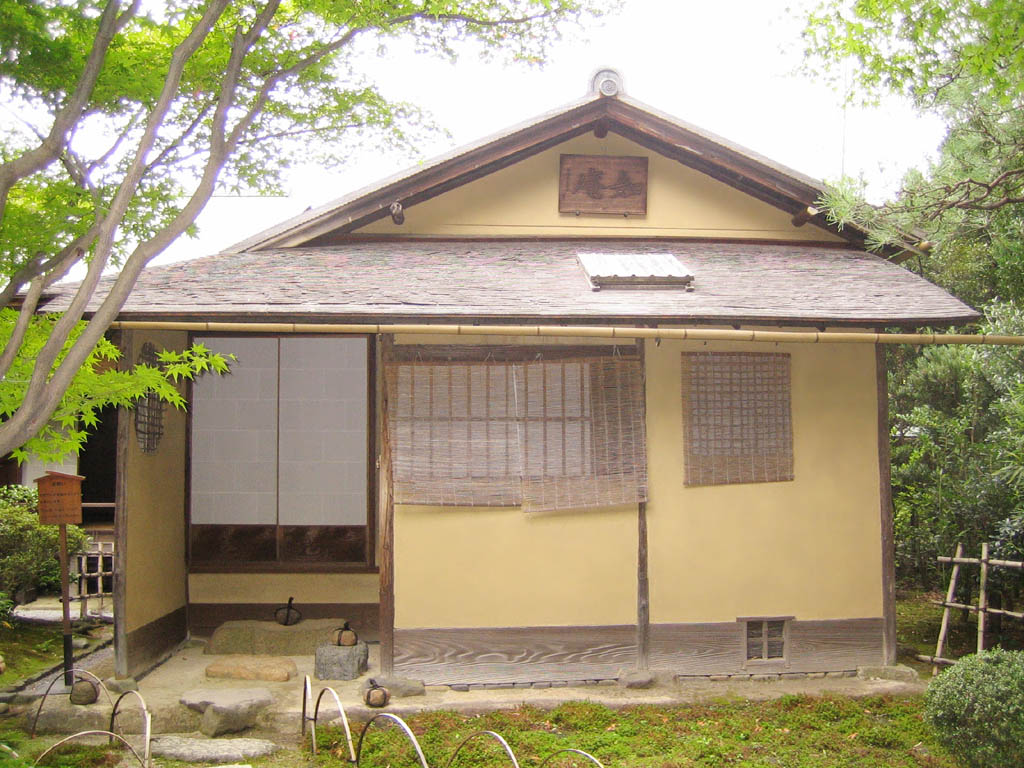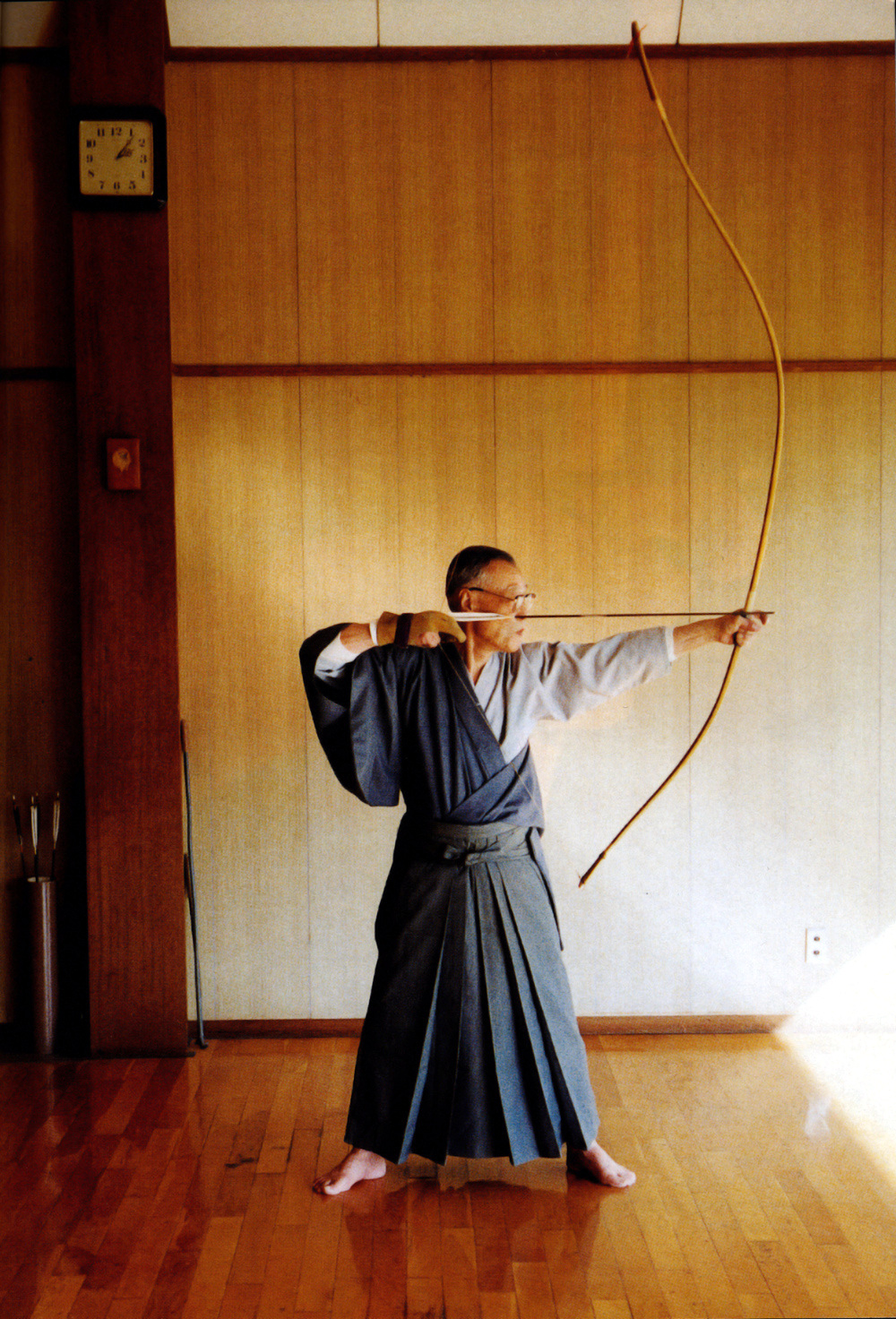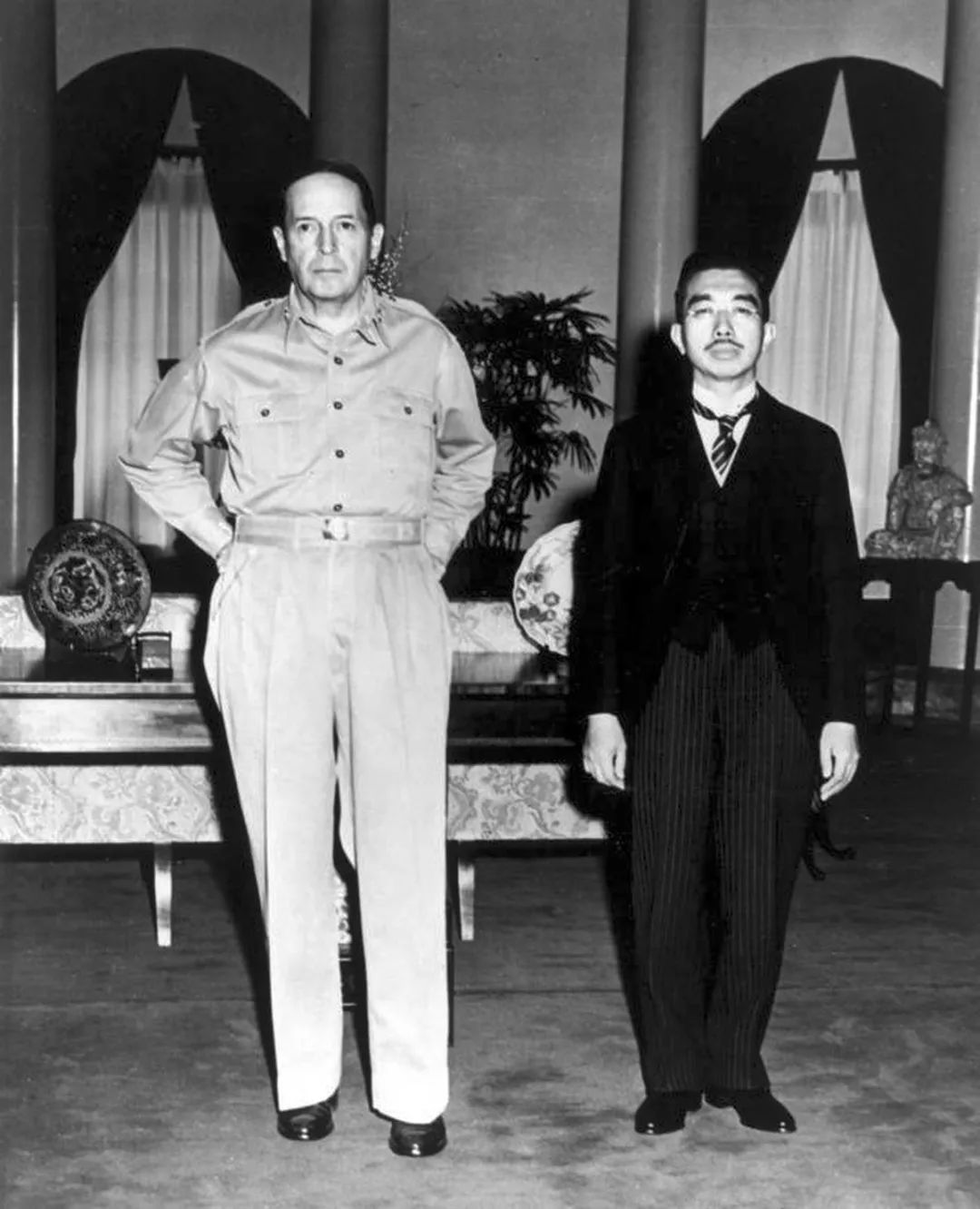|
Tsubaki Grand Shrine
is a Shinto shrine in the Yamamoto neighborhood of the city of Suzuka in Mie Prefecture, Japan. It is one of the two shrines which claim the title of ''ichinomiya'' of former Ise Province. The main festival of the shrine is held annually on October 11. Enshrined ''kami'' The ''kami'' enshrined at Tsubaki Grand Shrine are: * , leader of the '' kunitsukami'' and patron of martial arts such as aikido. * , grandson of Amaterasu and great-grandfather Emperor Jimmu * , ''kami'' of clothing, weaving, mother of Ninigi * , ''kami'' of dawn, mirth, meditation, revelry and the arts; wife of Sarutahiko * , ''kami'' of life; wife of Ninigi * , ''kami'' of training, study, business; ancestor of the ''kannushi'' Yamamoto clan History The origins of Tsubaki Grand Shrine are unknown. Although there is no documentary evidence, the shrine's legend states that it was founded in the year 3 BCE during the reign of the legendary Emperor Suinin by the order of Princess Yamato on the site of the gr ... [...More Info...] [...Related Items...] OR: [Wikipedia] [Google] [Baidu] |
Shinto
Shinto () is a religion from Japan. Classified as an East Asian religion by scholars of religion, its practitioners often regard it as Japan's indigenous religion and as a nature religion. Scholars sometimes call its practitioners ''Shintoists'', although adherents rarely use that term themselves. There is no central authority in control of Shinto, with much diversity of belief and practice evident among practitioners. A polytheistic and animistic religion, Shinto revolves around supernatural entities called the . The are believed to inhabit all things, including forces of nature and prominent landscape locations. The are worshiped at household shrines, family shrines, and ''jinja'' public shrines. The latter are staffed by priests, known as , who oversee offerings of food and drink to the specific enshrined at that location. This is done to cultivate harmony between humans and and to solicit the latter's blessing. Other common rituals include the dances, rites of pass ... [...More Info...] [...Related Items...] OR: [Wikipedia] [Google] [Baidu] |
Nara, Nara
is the capital city of Nara Prefecture, Japan. As of 2022, Nara has an estimated population of 367,353 according to World Population Review, making it the largest city in Nara Prefecture and sixth-largest in the Kansai region of Honshu. Nara is a core city located in the northern part of Nara Prefecture bordering the Kyoto Prefecture. Nara was the capital of Japan during the Nara period from 710 to 794 as the seat of the Emperor before the capital was moved to Kyoto. Nara is home to eight temples, shrines, and ruins, specifically Tōdai-ji, Saidai-ji, Kōfuku-ji, Kasuga Shrine, Gangō-ji, Yakushi-ji, Tōshōdai-ji, and the Heijō Palace, together with Kasugayama Primeval Forest, collectively form the Historic Monuments of Ancient Nara, a UNESCO World Heritage Site. Etymology By the Heian period, a variety of different characters had been used to represent the name Nara: , , , , , , , , , , , , , , , and . A number of theories for the origin of the name "Nara" have been pro ... [...More Info...] [...Related Items...] OR: [Wikipedia] [Google] [Baidu] |
Matsushita Konosuke
Matsushita (written: lit. "below the pine tree") is a Japanese surname. Notable people with the surname include: *Daisuke Matsushita (born 1981), a former Japanese football player *Hiro Matsushita (born 1961), former Japanese Champ Car racing driver, businessman and grandson of Konosuke Matsushita. Chairman of Swift Engineering & Swift Xi *, Japanese handball player *Ko Matsushita, a Japanese conductor and composer * Kohei Matsushita (born 1985), a Japanese football (soccer) player currently playing for Ehime F.C. * Konosuke Matsushita (1894–1989), a Japanese industrialist and founder of Matsushita Electric Industrial Co., Ltd., now known as Panasonic Corporation *Masaharu Matsushita (1912–2012), a Japanese businessman, the second president of Matsushita Electric, and son-in-law of Konosuke Matsushita *Miyuki Matsushita (born 1969), a Japanese voice actress * Moeko Matsushita (born 1982), a Japanese singer and actress *Nao Matsushita (born 1985), a Japanese actress and pia ... [...More Info...] [...Related Items...] OR: [Wikipedia] [Google] [Baidu] |
Panasonic
formerly between 1935 and 2008 and the first incarnation of between 2008 and 2022, is a major Japanese multinational corporation, multinational Conglomerate (company), conglomerate corporation, headquartered in Kadoma, Osaka, Kadoma, Osaka Prefecture, Osaka. It was founded by Kōnosuke Matsushita in 1918 as a lightbulb socket manufacturer. In addition to consumer electronics, of which it was the world's largest maker in the late 20th century, Panasonic offers a wide range of products and services, including Rechargeable battery, rechargeable batteries, automotive and avionic systems, industrial systems, as well as home renovation and construction. Panasonic has a primary listing on the Tokyo Stock Exchange and is a constituent of the Nikkei 225 and TOPIX, TOPIX 100 indices. It has a secondary listing on the Nagoya Stock Exchange. Corporate name From 1935 to October 1, 2008, the company's corporate name was "Matsushita Electric Industrial Co." (MEI). On January 10, 2008, the ... [...More Info...] [...Related Items...] OR: [Wikipedia] [Google] [Baidu] |
Chashitsu
''Chashitsu'' (, "tea room") in Japanese tradition is an architectural space designed to be used for tea ceremony (''chanoyu'') gatherings. The architectural style that developed for ''chashitsu'' is referred to as the ''sukiya'' style (''sukiya-zukuri''), and the term ''sukiya'' () may be used as a synonym for ''chashitsu''. Related Japanese terms are ''chaseki'' (), broadly meaning "place for tea", and implying any sort of space where people are seated to participate in tea ceremony, and ''chabana ''Chabana'' (茶花, literally "tea flowers") is a generic term for the arrangement of flowers put together for display at a Japanese tea ceremony, and also for the wide variety of plants conventionally considered as appropriate material for ...'', "tea flowers", the style of flower arrangement associated with the tea ceremony. Typical features of ''chashitsu'' are ''shōji'' windows and sliding doors made of wooden lattice covered in a translucent washi, Japanese paper; ' ... [...More Info...] [...Related Items...] OR: [Wikipedia] [Google] [Baidu] |
Kyūdō
''Kyūdō'' ( ja, 弓道) is the Japanese martial art of archery. Kyūdō is based on '' kyūjutsu'' ("art of archery"), which originated with the samurai class of feudal Japan. In 1919, the name of kyūjutsu was officially changed to kyūdō, and following the example of other martial arts that have been systematizing for educational purposes, kyūdō also reorganized and integrated various forms of shooting that had been used up until then. High level experts in kyūdō may be referred to as , and some practitioners may refer to themselves as ''yumihiki'' (弓引き), or 'bow puller'. Kyūdō is practised by thousands of people worldwide. As of 2005, the International Kyudo Federation had 132,760 graded members. The bow they use is called a , and the most common one has an asymmetrical shape of more than , and is characterized by the archer holding the part of the bow below the center to shoot the arrow. History The beginning of archery in Japan is pre-historical. The first ... [...More Info...] [...Related Items...] OR: [Wikipedia] [Google] [Baidu] |
Tsubaki Grand Shrine Of America
Tsubaki Grand Shrine of America, also sometimes known as Tsubaki America Jinja or in Japanese as , is the first Shinto shrine built in the mainland United States after World War II. It was erected in 1986 in Stockton, California, and moved to its current location next to the Pilchuck River in Granite Falls, Washington, in 2001. Gosaijin (enshrined Kami/Spirits) of Tsubaki Grand Shrine of America are Sarutahiko-no-Ōkami, ancestor of all earthly Kami and Kami of progressing positively in harmony with Divine Nature; and his wife Ame-no-Uzume-no-Mikoto, Kami of arts and entertainment, harmony, meditation and joy. Also enshrined are Amaterasu Ōmikami (Kami of the Sun), Ugamitama-no-Ōkami (Kami of foodstuffs and things to sustain human life/ Oinarisama), America Kokudo Kunitama-no-Kami (protector of the North America Continent) and Ama-no-Murakumo-Kuki-Samuhara-Ryu-O (Kami of Aikido). Tsubaki Grand Shrine of America is a branch of Tsubaki Ōkami Yashiro, one of the oldest and mos ... [...More Info...] [...Related Items...] OR: [Wikipedia] [Google] [Baidu] |
Modern System Of Ranked Shinto Shrines
The was an organizational aspect of the establishment of Japanese State Shinto. This system classified Shinto shrines as either official government shrines or "other" shrines. The official shrines were divided into #Imperial shrines (''kampeisha''), which are parsed into minor, medium, or major sub-categories; and #National shrines (''kokuheisha''), which are similarly categorized as minor, medium, or major.Institute for Japanese Culture and Classics, Kokugakuin University Glossary of Shinto Names and Terms, ''Kampei Taisha.''/ref> Some shrines are the "first shrines" called ''ichinomiya'' that have the highest rank in their respective provinces of Japan. The Ise Grand Shrine stood at the top of all shrines and thus was outside the classification. History On the fourteenth day of the fifth month of 1871, by decree of the Dajō-kan, the fundamental elements of the modern shrine system were established: a hierarchic ranking of Shinto shrines, with specification of the grades of ... [...More Info...] [...Related Items...] OR: [Wikipedia] [Google] [Baidu] |
State Shinto
was Imperial Japan's ideological use of the Japanese folk religion and traditions of Shinto. The state exercised control of shrine finances and training regimes for priests to strongly encourage Shinto practices that emphasized the Emperor as a divine being. The State Shinto ideology emerged at the start of the Meiji era, after government officials defined freedom of religion within the Meiji Constitution. Imperial scholars believed Shinto reflected the historical fact of the Emperor's divine origins rather than a religious belief, and argued that it should enjoy a privileged relationship with the Japanese state. The government argued that Shinto was a non-religious moral tradition and patriotic practice, to give the impression that they supported religious freedom. Though early Meiji-era attempts to unite Shinto and the state failed, this non-religious concept of ideological Shinto was incorporated into state bureaucracy. Shrines were defined as patriotic, not religious, ins ... [...More Info...] [...Related Items...] OR: [Wikipedia] [Google] [Baidu] |
Meiji Period
The is an era of Japanese history that extended from October 23, 1868 to July 30, 1912. The Meiji era was the first half of the Empire of Japan, when the Japanese people moved from being an isolated feudal society at risk of colonization by Western powers to the new paradigm of a modern, industrialized nation state and emergent great power, influenced by Western scientific, technological, philosophical, political, legal, and aesthetic ideas. As a result of such wholesale adoption of radically different ideas, the changes to Japan were profound, and affected its social structure, internal politics, economy, military, and foreign relations. The period corresponded to the reign of Emperor Meiji. It was preceded by the Keiō era and was succeeded by the Taishō era, upon the accession of Emperor Taishō. The rapid modernization during the Meiji era was not without its opponents, as the rapid changes to society caused many disaffected traditionalists from the former samurai ... [...More Info...] [...Related Items...] OR: [Wikipedia] [Google] [Baidu] |
Kamakura Period
The is a period of Japanese history that marks the governance by the Kamakura shogunate, officially established in 1192 in Kamakura by the first ''shōgun'' Minamoto no Yoritomo after the conclusion of the Genpei War, which saw the struggle between the Taira and Minamoto clans. The period is known for the emergence of the samurai, the warrior caste, and for the establishment of feudalism in Japan. During the early Kamakura period, the shogunate continued warfare against the Northern Fujiwara which was only defeated in 1189. Then, the authority to the Kamakura rulers waned in the 1190s and power was transferred to the powerful Hōjō clan in the early 13th century with the head of the clan as regent (Shikken) under the shogun which became a powerless figurehead. The later Kamakura period saw the invasions of the Mongols in 1274 and again in 1281. To reduce the amount of chaos, the Hōjō rulers decided to decentralize power by allowing two imperial lines – Northern and Southern ... [...More Info...] [...Related Items...] OR: [Wikipedia] [Google] [Baidu] |
Shugendō
is a highly syncretic religion, a body of ascetic practices that originated in the Nara Period of Japan having evolved during the 7th century from an amalgamation of beliefs, philosophies, doctrines and ritual systems drawn from local folk-religious practices, Shinto mountain worship and Buddhism. The final purpose of ''Shugendō'' is for practitioners to find supernatural power and save themselves and the masses by conducting religious training while treading through steep mountain ranges. Practitioners are called or . The mountains where ''shugenja'' practiced were all over Japan, and include various mountains of the Ōmine mountain range such as Mount Hakkyō and Mount Ōmine. The ''Shugendō'' worldview includes a large pantheon of deities (which include Buddhist and Shinto figures). Some of the most important figures are the tantric Buddhist figures of Fudō Myōō and Dainichi Nyorai. Other key figures are , which are considered to be the manifestation of Buddhas ... [...More Info...] [...Related Items...] OR: [Wikipedia] [Google] [Baidu] |


.jpg)




